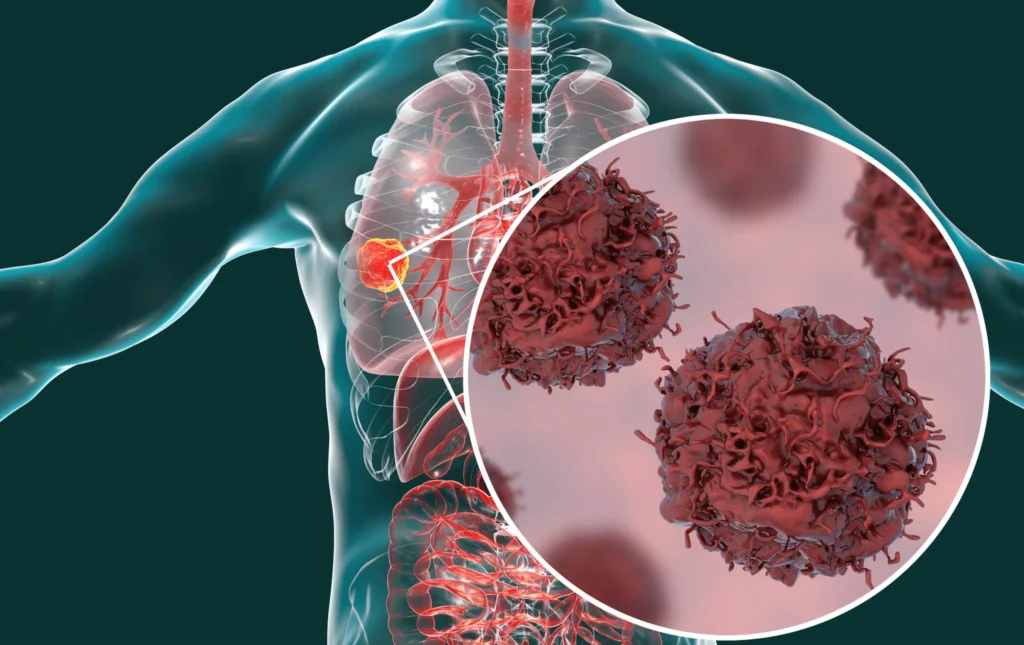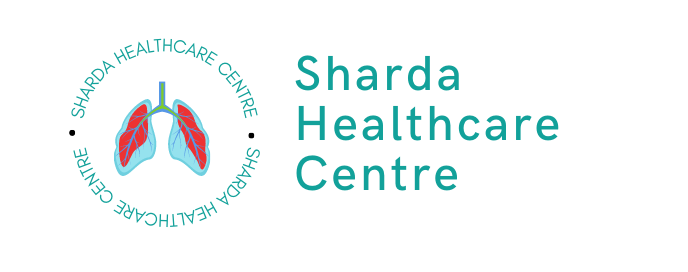
Understanding Lung Cancer Symptoms: Early Detection Matters
Lung cancer is one of the most prevalent and deadly forms of cancer worldwide. While it is a serious disease, early detection significantly improves the chances of successful treatment and survival. Recognizing the symptoms of lung cancer is vital for both individuals at high risk and those with no known risk factors. In this blog, we will delve into the various symptoms of lung cancer, empowering readers to seek timely medical attention and increase their chances of positive outcomes.
Types of Lung Cancer:
Lung cancer is broadly categorized into two main types: Small Cell Lung Cancer (SCLC) and Non-Small Cell Lung Cancer (NSCLC). Each type exhibits different characteristics and may require different treatment approaches.
1. Small Cell Lung Cancer (SCLC):
SCLC is a highly aggressive form of lung cancer that often spreads rapidly to other parts of the body. Although it constitutes a smaller percentage of lung cancer cases, its rapid growth makes early detection even more critical. Symptoms of small cell lung cancer may include a persistent cough, shortness of breath, chest pain, and unexplained weight loss.
2. Non-Small Cell Lung Cancer (NSCLC):
Approximately 85% of cases of lung cancer are NSCLC, making it the most prevalent type. Unlike SCLC, NSCLC tends to grow more slowly, which may allow for better treatment outcomes if detected early. The symptoms of NSCLC are similar to SCLC and can include cough, shortness of breath, chest pain, fatigue, and hoarseness.
Common Symptoms of Lung Cancer:
Regardless of the type, there are common symptoms associated with lung cancer that both men and women should be aware of. These include:
- Persistent Cough
- Shortness of Breath
- Chest Pain
- Unexplained Weight Loss
- Fatigue and Weakness
- Hoarseness
- Frequent Respiratory Infections
- Early Detection and Survival Rates:
For the survival rates of lung cancer to increase, early detection is essential. Unfortunately, lung cancer is often diagnosed at later stages, which can significantly impact treatment options and prognosis. In stage 4 lung cancer, the disease has spread to distant organs, making it more challenging to treat. However, with regular check-ups and prompt medical attention for suspicious symptoms, the chances of early detection and better outcomes increase.
Lung Cancer Treatment and Specialists:
Once diagnosed, treatment options for lung cancer may include surgery, radiation therapy, chemotherapy, targeted therapy, and immunotherapy. The choice of treatment depends on the type and stage of lung cancer, as well as the patient’s overall health.
Lung doctors, also known as pulmonologists or thoracic oncologists, are specialized medical professionals who diagnose and treat lung-related diseases, including lung cancer. If you suspect or have been diagnosed with lung cancer, seeking the expertise of these specialists can significantly impact your treatment journey.
Conclusion:
Understanding the symptoms of lung cancer and the different types is essential for early detection and improved survival rates. Whether it’s Small Cell Lung Cancer (SCLC) or Non-Small Cell Lung Cancer (NSCLC), recognizing the signs and promptly seeking medical attention can make a significant difference in treatment outcomes.
If you or someone you know experiences symptoms such as a persistent cough, shortness of breath, chest pain, unexplained weight loss, or fatigue, don’t delay seeking medical advice. Lung cancer is a serious disease, but with early detection and appropriate treatment, there is hope for improved quality of life and better prognosis. Stay informed, prioritize your health, and remember that regular check-ups with lung specialists can play a crucial role in managing lung cancer effectively.
